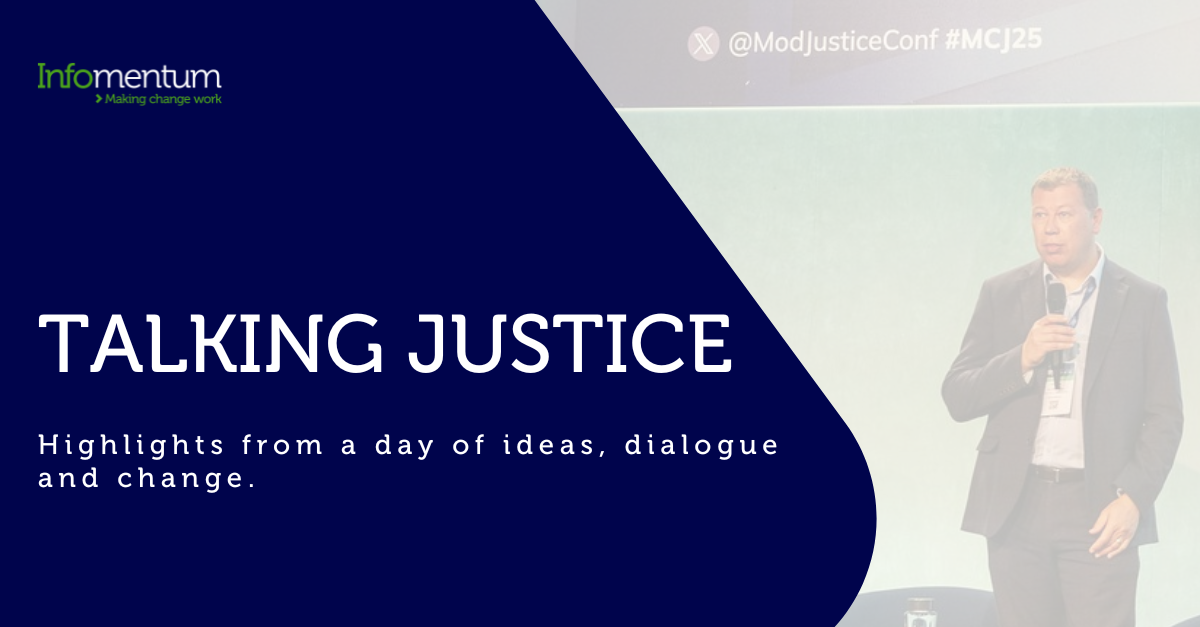Research shows that a personalised web experience can increase click through rates by up to 300%. But how do you go about creating end-user driven navigation and search that works?
Life would be dull if everyone thought the same. Dull, but it sure would make web design simple.
If everyone's brains worked in the same way, you could create a fixed navigation for your site (public website, customer portal or intranet), confident in the knowledge that everyone would navigate around it in exactly the same way. But, back in the real world, of course they don't.
While it might seem intuitive to you for certain content and information to appear in a certain location, it might be the last place your customers expect to find it. But then you can't create a different site for everyone. Or can you?
End of the road for fixed navigation
Most sites use fixed navigation – a linear and supposedly logical way to find your way around. But this assumes that everyone's logic is the same. Which of course, it's not – as anyone who's ever watched an episode of The X Factor can attest.
So while fixed or perpetual navigation has often been seen as best practice, this doesn’t mean there are not even better alternatives. Today, it’s altogether possible to make the way content is presented dependant on the user journey – reorganising and re-emphasising relevant content in reaction to what the user does.
Understanding your customers
While this kind of user-driven (also referred to as ‘guided’) navigation and search is ideal, it's not always easy to achieve. For a start, if you want a site that responds to your users’ preferences, you'll first need to understand those preferences. And you can't do that unless they are registered with you and have a preferences-driven profile.
What you can do, however, is capture their behaviour as they move through the site and let the system decide what to render and when. But to do this you need to tag and classify all of your content using a strong classification mechanism. And ontology can help you achieve exactly that.
Ontology – the basics
Ontology is an advanced classification mechanism which defines how various entities in a hierarchy can be related or grouped. But unlike traditional taxonomy – the simple, hierarchical way most sites structure content – ontology is more about the semantic relationships between entities and hence the content.
For example, with tree-structured taxonomy you'd see something like this: Home > Products > Gifts > Chocolate. But with ontology the content would be tagged based on its semantic relationship (eg it would understand that chocolate is a gift, but it's also food).
To make this work for your site, you start by building relationships in your ontology and then continue to enhance the results by capturing your users’ behaviour, letting the system learn as it goes. That way, you'll end up with all of your content tagged by relationships, in ways you may well have never predicted.
Learning from Amazon and co
This approach shouldn't just stop at the first click or search result. If you keep adding to your users’ preferences at each level of the site, you will create a rich, personalised experience from start to finish. And the best part is that you can learn from users’ behaviour and enhance your ontology to gain deep insights into your own information relationships.
Take Amazon as the perfect example. You start by searching for a camera. Immediately, the results are filtered based on what Amazon has previously captured about your preferences. Then as the search filter becomes richer (eg as you filter by megapixel, brand and price) even then the products you see are related to your previous behaviour. Meaning you get to what you're looking for faster and you're clicking 'Add to basket' before you know it. Amazon can then go on to recommend more products that other buyers purchased.
Power to the customer
Why bother giving your users this much control over what they see and how they interact with your site? Simple. The more a site is personalised, the better the user experience and the more likely a user is to engage with it on a deep level. Whether that means buying from you or coming back to your site time and time again. Some sites using this approach have seen a massive 40% increase in their page views.
The more control a user has, and the more they drive the contextual search for content, the more you can learn about them. Which in turn means a better user experience for all your visitors.
And that's one bit of logic everyone can agree on.







